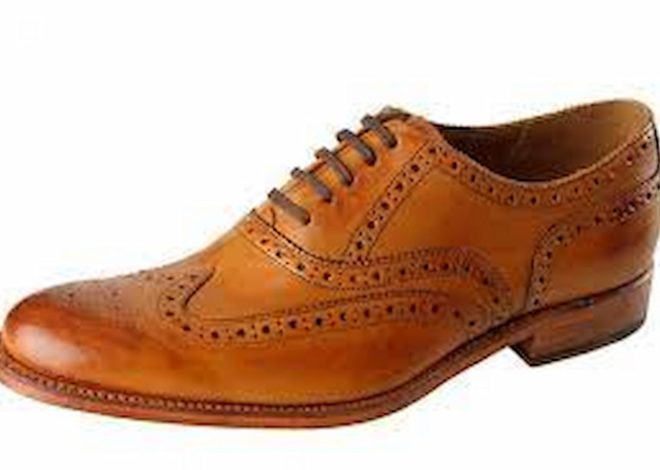Is a biological safety cabinet the only option when working in a life science laboratory?
A biohazard cabinet protects the user and environment against hazardous or potentially hazardous biological agents. An alternative name is microbiological safety cabinet, which the European standard defines as:
“A ventilated enclosure intended to offer protection to the user and environment from the aerosols arising from the handling of potentially hazardous and hazardous micro-organisms, with air discharged to the atmosphere being filtered.” However, the cabinet may be used for other biological agents hazardous to human health, such as human tissues, cell cultures and animal allergens.
While some biological agents can be safely handled outside the confines of a biosafety cabinet, a full risk assessment must always be carried out in accordance with HSE (Health and Safety Executive) and COSHH (Control of Substances Hazardous to Health) regulations.
Protecting the work, protecting the worker
The COSHH regulations apply to biosafety level (bsl) 2 and above, with clearly defined parameters regarding room design, decontamination, and biocontainment measures to be taken.
When working in a bsl-1 environment, protection of the worker and environment will be of lesser concern than maintaining sterility of the working area, for which a laminar flow hood, using a constant stream of HEPA-filtered air, may be used. The hood effectively protects the experimental zone from airborne contamination, but it must be remembered that there is no inflow through the front of the cabinet, and therefore no curtain of air to protect the user. Instead, the air passes through a HEPA filter either at the back of, or above the work zone before passing over the product area. While a vertical flow model offers more protection than one using horizontal flow, neither must be used with pathogenic or infectious materials, or those of human origin.
A laminar flow hood may be used for certain animal-derived materials, but only once a full risk assessment, to assess the allergenic and pathogenic potential of the work, has been carried out.


